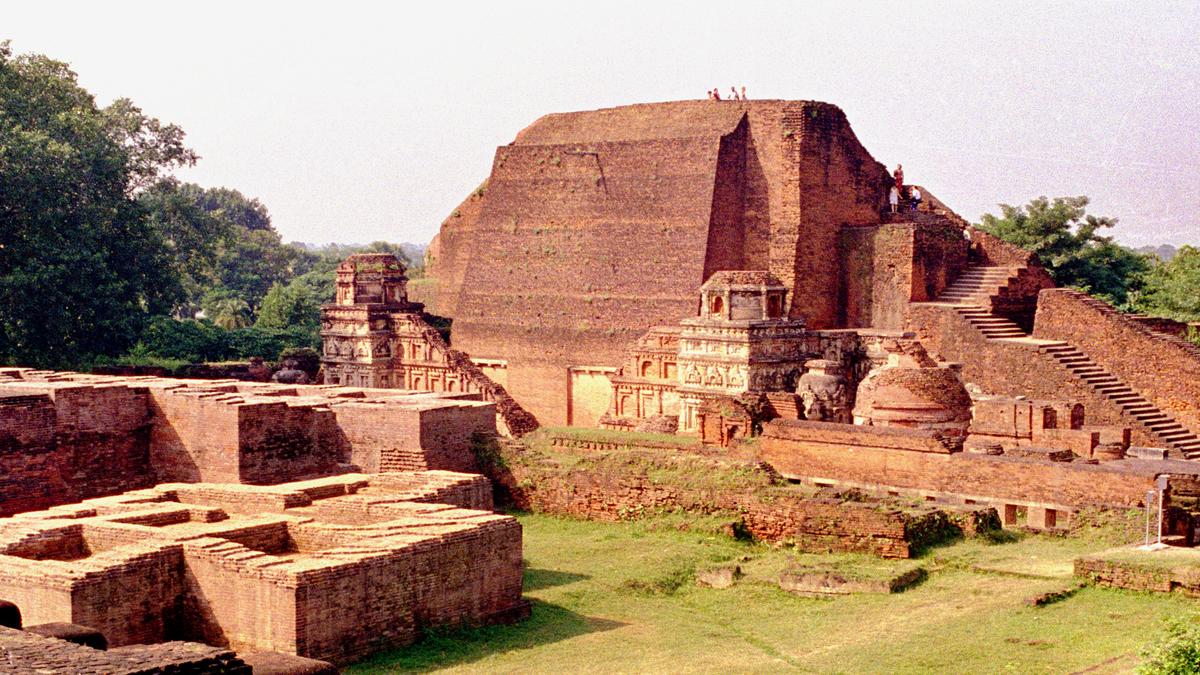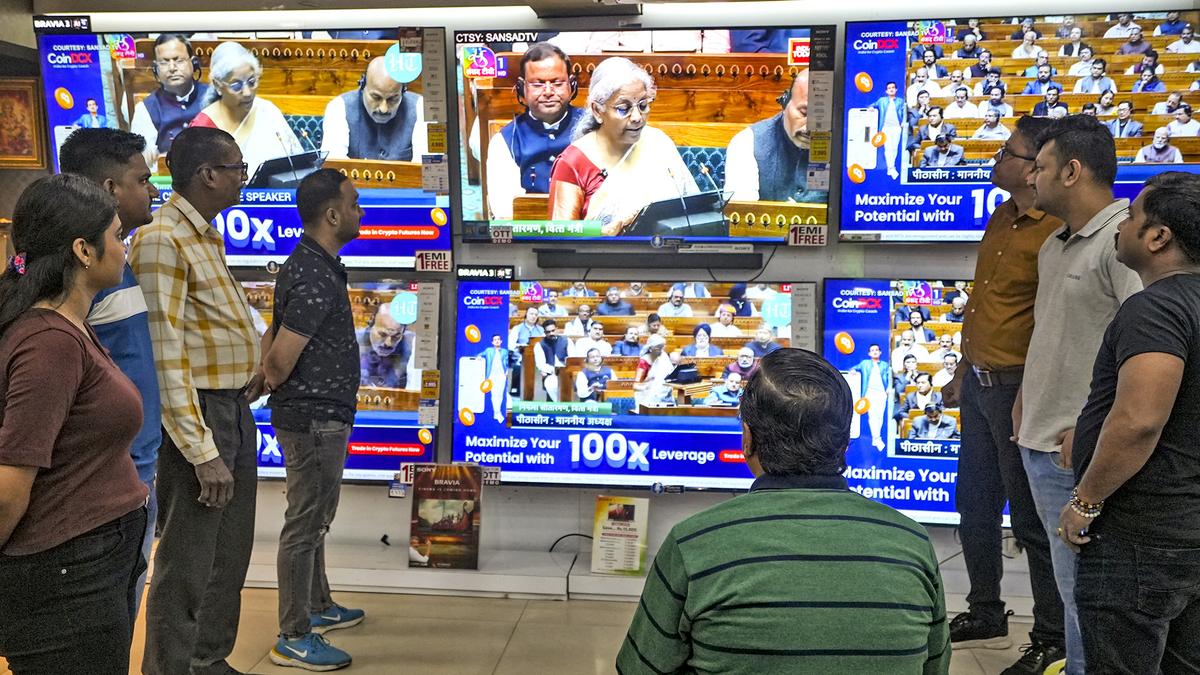As India and China commemorate 75 years of diplomatic engagement this year, strong signs of a diplomatic thaw have emerged. The meeting between Defence Minister Rajnath Singh and his Chinese counterpart, Admiral Dong Jun, on the sidelines of the Shanghai Cooperation Organisation Defence Ministers’ meeting in January; resumption of the Kailash Manasarovar Yatra in June; and Chinese Foreign Minister Wang Yi’s two-day visit to India this week all offer glimpses of warmth.
A meeting point for two worlds
Long before modern diplomacy took shape, and borders were established and redrawn, the relationship between India and China was nurtured by something more enduring: the shared pursuit of knowledge. As early as the first millennium CE, Chinese monks such as Faxian, Xuanzang, and Yijing journeyed across treacherous landscapes to reach Indian centres of learning. At the heart of this exchange stood Nalanda, where ideas flowed more freely than goods, and religious belief and secular inquiry coexisted in harmony. Nalanda was a meeting point of the two worlds, where cultural and intellectual connections flourished far beyond the concerns of modern statehood. In the quest to revive Nalanda today, there is more than nostalgia; there is hope to rebuild the kind of meaningful, respectful engagement that once defined our ties.
Nalanda, both as an institution and as a philosophy, has long embodied a commitment to peace, dialogue, and intellectual diplomacy. It’s enduring spirit lives on in its motto — “Aa no bhadra kratavo yantu viśvata (let noble thoughts come to us from all directions).” This same spirit lives on in the idea of Vasudhaiva Kutumbakam (the world as one family). This way of thinking has, for centuries, held together the threads of exchange between India and China.
Since the time of Xuanzang, scholars, teachers, and students from both nations have engaged in meaningful interaction, unimpeded by the boundaries that define the modern state. Today, the space for such academic and cultural exchange seems to be narrowed. Should contemporary political complexities necessarily limit the flow of ideas between two ancient civilisations? Stalling of trade, recurring military confrontations, and hundreds of academic or people-to-people connections awaiting bureaucratic clearance have created a kind of stillness, one that feels far removed from the natural flow of exchange that once defined our ties. Why must scholars on either side require permission to engage in dialogue, or students hesitate before considering an academic exchange with institutions of global standing across the border?
There is immense potential for mutual learning. India can look to China’s initiatives in areas such as food security, local infrastructure development, or grassroots entrepreneurship. And China’s academic and policy community may find value in studying India’s democratic decentralisation, open civil society engagement, or digital public goods framework. These are not points of comparison, but possible pathways of collaborative learning.
In this light, one wonders: why does India’s engagement with China remain so carefully limited? Why does strategic ambiguity continue to define a relationship rooted in shared intellectual history? How can we move from reactive diplomacy towards a more confident, future-facing framework that honours the depth of our civilisational ties, while meeting the complexities of the present? How do we deal with the emergence of ‘the gatekeeper states,’ limiting the range of possibilities?
The Nalanda way
Just as Nalanda once created space for dialogue and learning between civilisations, perhaps today too, we can draw from that spirit to shape how we engage with China. There will always be areas where our paths differ: on the border, in trade, or in the way we see the region around us. But Nalanda reminds us that disagreement does not have to mean disengagement. It is possible to hold firm where we must, and still stay open to conversations where they matter.
This approach also calls for some reflection on how we prepare ourselves. We don’t need to change our principles, but we may need to adapt how we practice them. Investing in stronger academic and policy research on China, allowing smoother academic exchanges in areas such as environment, health, and culture, and building long-term people-to-people connections are quiet but important steps. Nalanda drew its strength from more than just being a beacon of knowledge.
At the heart of Nalanda’s tradition were values that still feel close to us: curiosity, compassion, and the transformative power of knowledge. Scholars such as Śīlabhadra, who taught the Chinese monk Xuanzang, showed that learning could also be a form of diplomacy. Nalanda wasn’t just India’s; it was also a place of deep importance to generations of Chinese scholars who carried its teachings home and helped shape the intellectual and spiritual fabric of East Asia. Today, perhaps these principles matter even more. If India and China can draw from this shared legacy with genuine intention, they may find a way to engage with each other more thoughtfully. Curiosity without fear, dialogue without suspicion, and clarity without aggression could be the beginning of a steadier path built on understanding and mutual respect. We need to break down our Chinese wall to move beyond the paranoia that sustains our China policy.
Rajeev Ranjan Chaturvedy, Associate Professor heading the School of International Relations and Peace Studies, and founding coordinator of the Centre for Bay of Bengal Studies; Anushka Padmanabh Antrolikar, Postgraduate scholar at Nalanda University, Rajgir
Published – August 20, 2025 01:33 am IST



